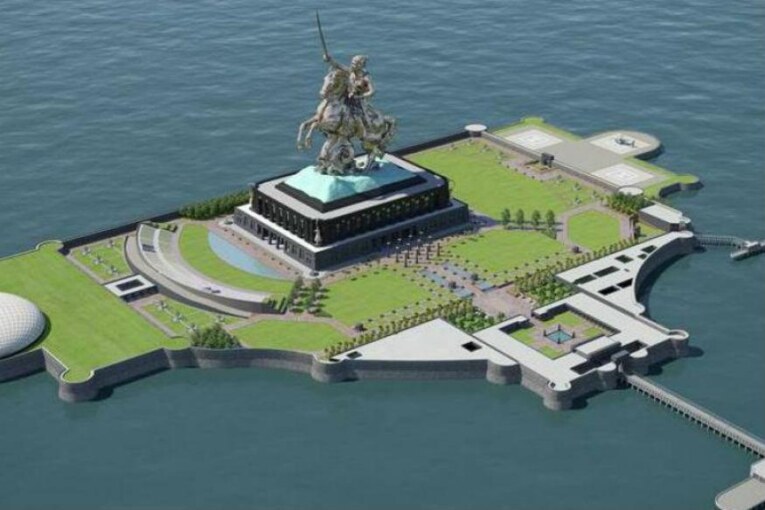
About
The Mumbai Trans Harbour Link (MTHL), also known as the Sewri-Nhava Sheva Trans Harbour Link, is a proposed 21.8 km, freeway grade road bridge connecting the Indian city of Mumbai with Navi Mumbai, its satellite city. When completed, it would be the longest sea bridge in India. The bridge will begin in Sewri, South Mumbaiand cross Thane Creek north of Elephanta Island and will terminate at Chirle village, near Nhava Sheva. The road will be linked to the Mumbai Pune Expressway in the east, and to the proposed Western Freeway in the west. The sea link will contain a 6 lane highway, which will be 27 meters in width, in addition to two emergency exit lanes, edge strip and crash barrier.
Construction Plan
16.5 km of the MTHL will be in the sea and 5.5 km on land. The MTHL will be constructed in three sections:
- A 10.38 km-long bridge, spanning across Thane Creek and Sewri Interchange.
- A 7.807 km-long bridge portion across Thane Creek and the Shivaji Nagar interchange
- A 3.613 km-long viaduct and interchanges that connect State Highways 52 and 54 and National Highway 4B at Chirle, Navi Mumbai.
The project requires 130 hectares of land. The City and Industrial Development Corporation (CIDCO) will contribute 88 hectares. The remaining land is privately owned. According to MMRDA officials, land owners will be given the same compensation package as that given in the Navi Mumbai International Airport project.
In October 2016, the MMRDA agreed to pay MbPT a total of ₹1000 crores in instalments over the course of 30 years as rent for using the MbPT’s land for construction of ramps for the MTHL on the Mumbai side. The MMRDA will receive 27.2 hectares of land on the Sewri side of the MbPT, of which 15.17 hectares will temporarily be used for the casting yard.
The MMRDA utilized a drone to carry out survey work for the MTHL. The drones were fitted with 360 degrees camera that provide up to 3 millimeter accuracy. The aerial survey takes less time than a regular survey, achieves greater accuracy and helps protect against false claims for compensation. Over 1,000 boreholes were drilled to study the strata.


